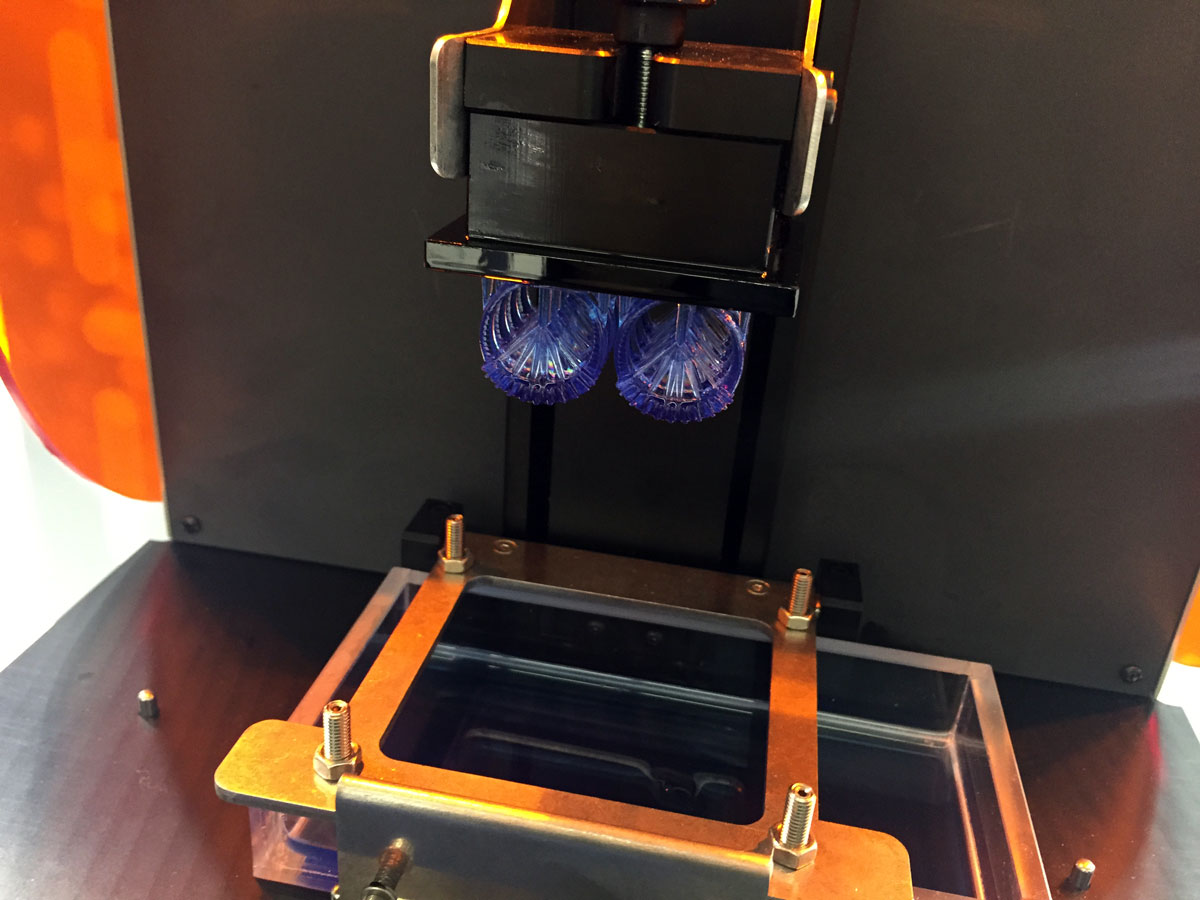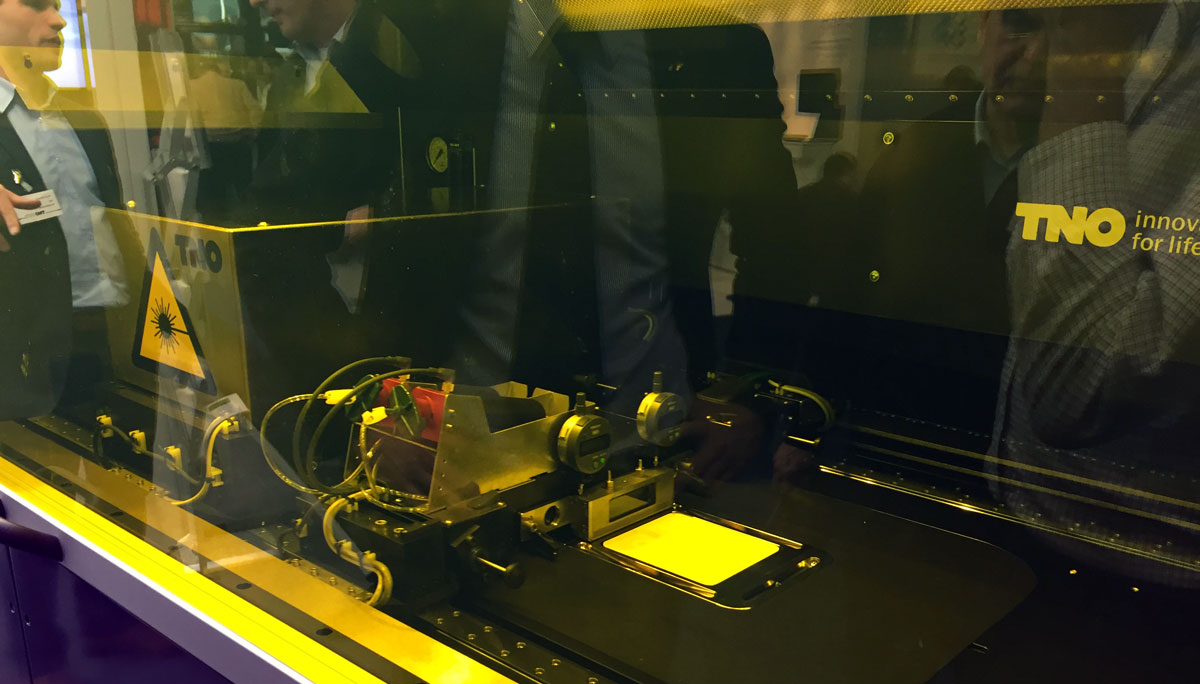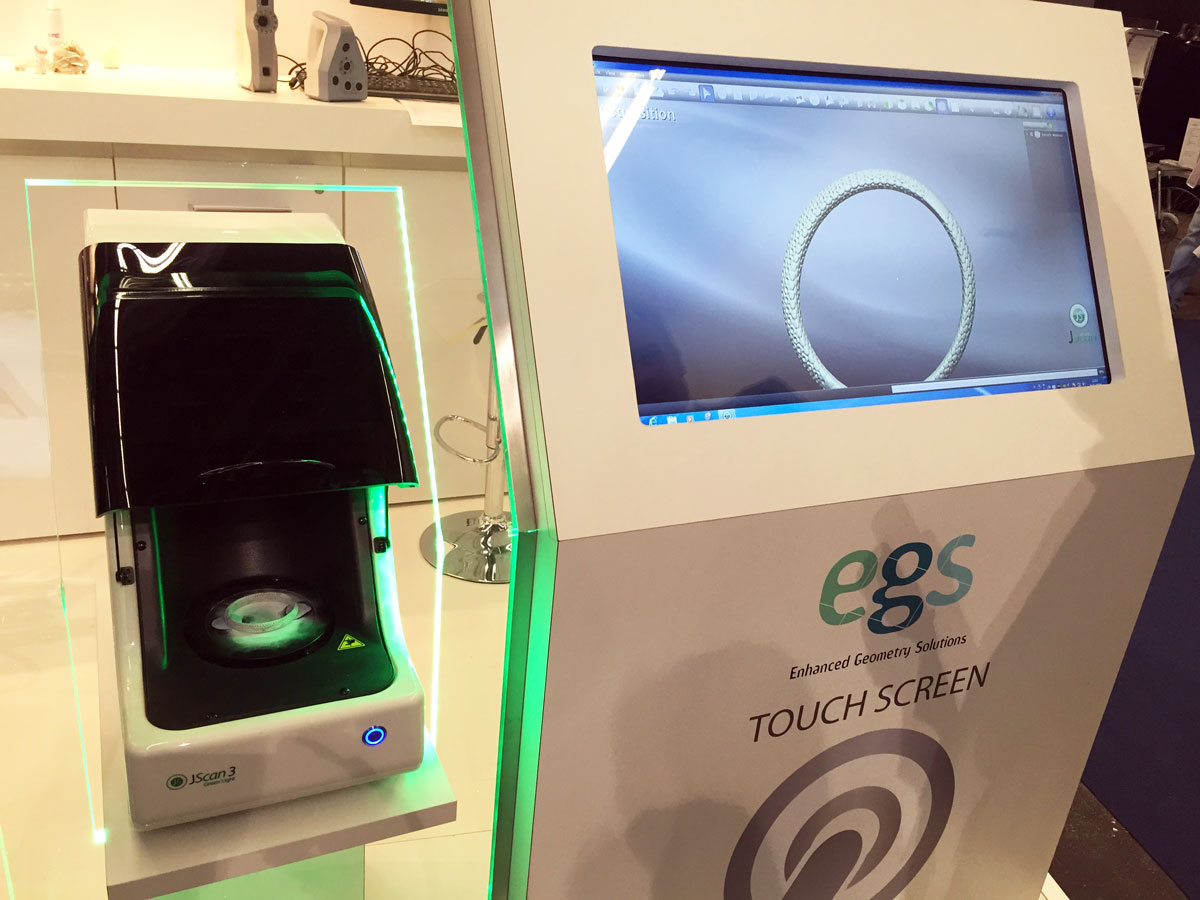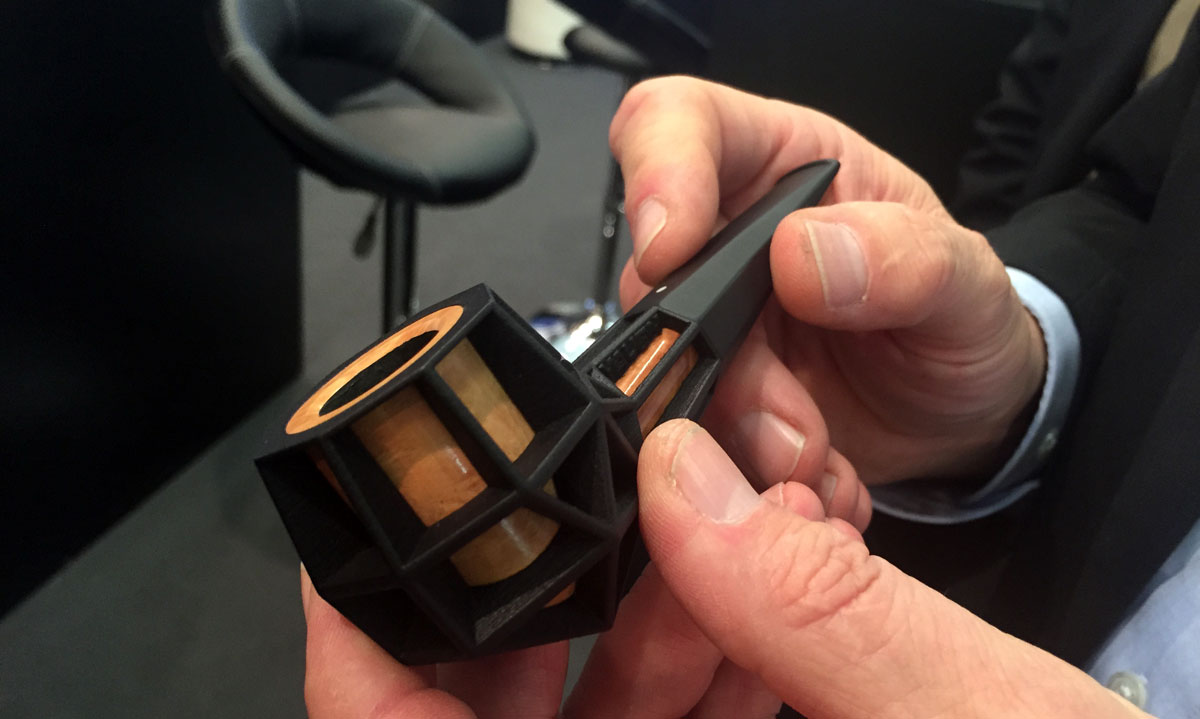Although it was perhaps not as explosive as last year – when 3D Systems led the industry with 24 new system announcements, Voxeljet had just gone public and media hype was nearing the top of the enthusiasm curve – I think this year’s Euromold gave much clearer indications as to the long term stability of the 3D printing industry and to the fact that this technology is not just here to stay but it will rapidly disrupt many more of the current manufacturing processes.
One thing I always point out is that the additive manufacturing industry is still globally worth 4 billion dollars at most (it was about 3 billion last year and it is growing at a roughly 30% rate), which makes it a very small industry within the greater scheme of things. I tend to compare it with to the videogame industry (the sector I know best from past experience), which is just an entertainment industry, and yet, at its pinnacle in the mid 2000’s, it was worth more than 30 billion dollars.
This means that the AM industry has to grow a lot more to compete with that sector, and even more than that with manufacturing and it certainly has the potential to do so. In fact it is doing so. Speaking with Deirdre MacCormack, chief marketing officer from Mcor Technologies, she put it more into perspective as she explained to me how all has changed in just a few short years and how what once was just a seed of an industry now is one of the fastest growing manufacturing sectors there is and there might ever be.
My feeling is that she is absolutely right. Last year, when I attended my first Euromold, I got the impression that while the traditional manufacturing focused halls were much larger than the AM hall (11), this was where all the enthusiasm was. This year that impression grew stronger. I did not get a chance to visit the other halls except while running through them but, judging by the eerie quiet, if I was working in CAM technologies I would definitely be investing into expanding whatever it is I manufacture into something capable of producing additively.
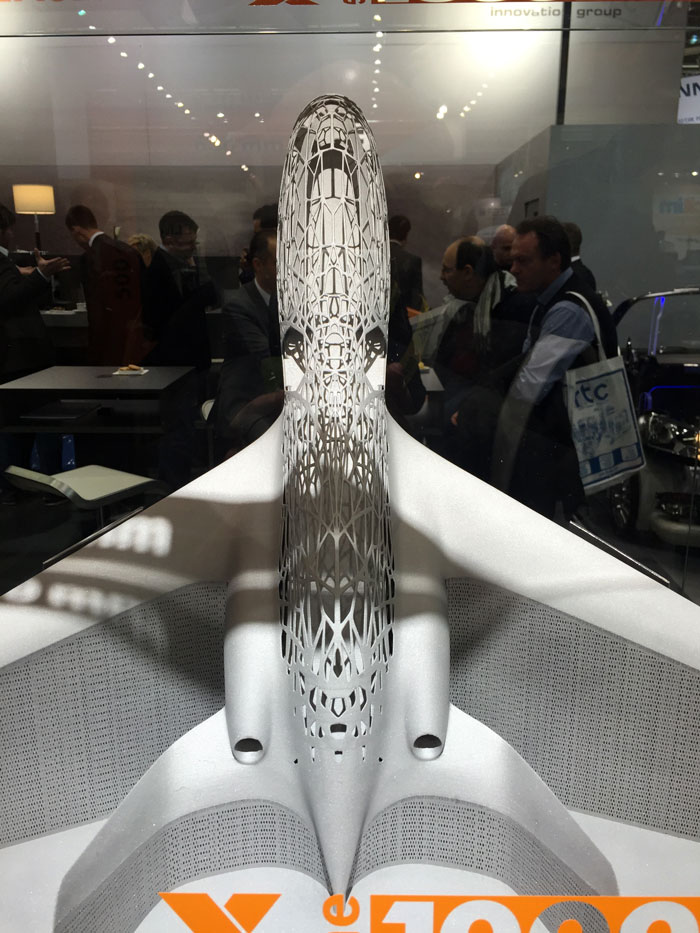
Euromold 2014 seemed to be mostly about consolidation and implementation of new manufacturing workflows, creative systems and customer centric solutions, as many of the leading companies’ announcements showed. This may not be enough to fuel media hype and inflate stock prices but it will pay off in the long run as 3D printing technologies continue to make their way organically into an ever growing range of industries.
Other established companies continued to present evolutions of their current technologies. 3DPI’s Editor in Chief Rachel Park covered in depth the new solutions presented by Stratasys, 3D Systems, EOS, Concept Laser, Renishaw, EnvisionTEC and such. I also was very impressed by the new systems presented by Prodways, especially in terms of composite ceramic or zirconia materials that can be sintered in a kiln after the UV light curing additive manufacturing build process.
IMG Prodways
One company that does not get as much visibility as they probably deserve (apart from their ongoing XFab project) is Digital Was Systems, Italy’s largest manufacturer of SL based 3D printers. I met with Maurizio Costabeber, the company’s omnipresent CEO, who showed me the new professional 009J DLP machine, with all the projector parts built in-house for extremely high definition at a competitive price, along with their new Nauta software (which we will cover more in-depth in a separate article).
Among the incredible amount of original and not-so-original resin-based 3D printers present in one particular area of hall 11 – which have somewhat replaced the FDM/FFF start ups from last year – some that stood out were the Solflex 350 and Solflex 650 DLP system by Vienna based W2Production. The company differentiates its machines by implementing its own proprietary Flex-Vat and Tilt-Vat technologies, a new approach to minimize peeling force during the printing process.
Also in the resin-based segment, one rather impressive new technology came from TNO, the Netherlands Organisation for Applied Scientific Research. This is the same institution that is collaborating with Barilla on development of a prosumer pasta 3D printer. Their Lepus Next Gen platform features a novel laser diode-based illumination systems which allows the system to be easily scaled up for high-speed large area building, without compromising resolution. Currently though, the system requires a very large footprint (probably at least 2 square meters) to guarantee stability for an A5 build area that could be upgraded to an A4 size, with 20 micron pixels.
In the scanning sector, specifically scanners used for additive manufacturing solutions, EGS solutions showed me their new Scan Green Light with Touch Screen Technology, a new structured green light 3D scanning solution aimed at the jewelry industry. Coupled with the proprietary Leios software it allows for fast and highly accurate (50 microns) small objects acquisition and immediate reconstruction of a highly precise digital 3D model.
On my way out I stopped by one last German rapid prototyping and additive manufacturing service. What captured my attention was a geometrically complex 3D printed smoking tobacco pipe. I found it very fascinating but I was figured that people as traditional as pipe tobacco smokers would hardly feel the same. Quite the opposite. As I was told, when 800 units of the first version of the Diamond were exhibited at a recent tobacco pipe show, they were gone had in no time. One more not so obvious sign that 3D printing is here to stay and prosper.
Oh, and Lucio Ferranti, from Stratasys and MakerBot reseller Energy Group, told me I could go back to Italy driving this Lamborghini after the end of the show but unfortunately I got a ride back from my uncle on Friday morning. Maybe next time. It was’t even entirely 3D printed anyway.


